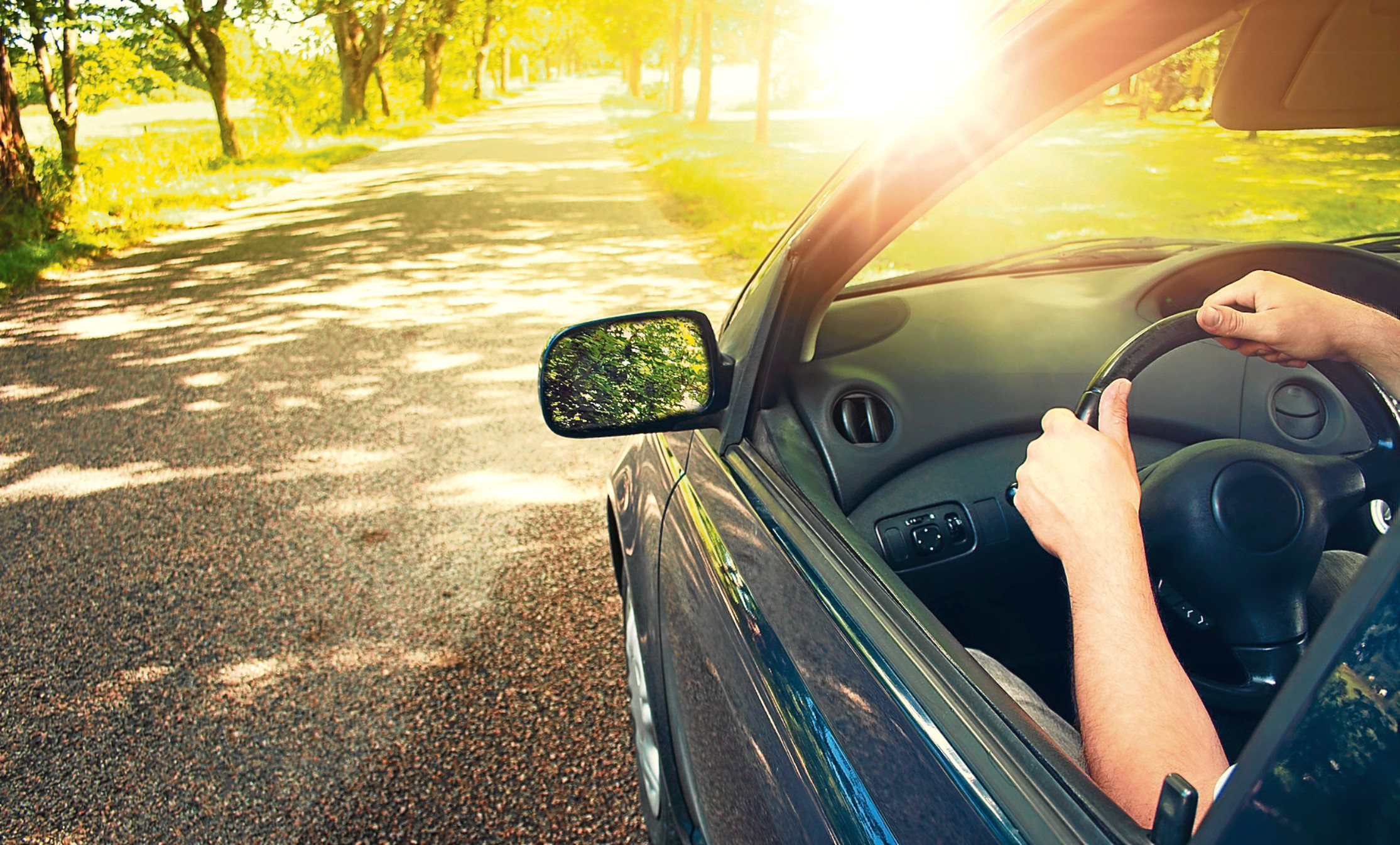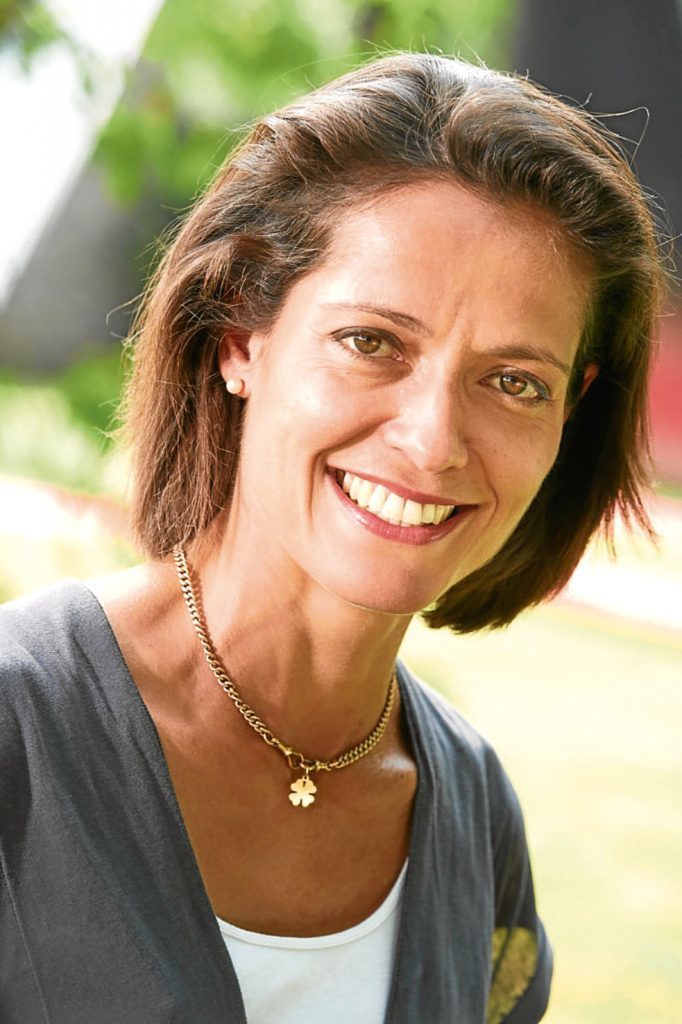
THIRTY years ago, my summer tan became a running family joke.
Each year we’d come back from two weeks in the sun and the rest of the family would be evenly tanned — unlike me.
Without fail, I’d have spent the fortnight in the front passenger seat of my dad’s left-hand drive hire car and, with air conditioning being unheard of in the mid-80s, I’d have had the window rolled down and my right arm resting on the door.
The result?
A gangly Scottish teenager with a reasonable colour, and one arm that looked as if it had been coated in mahogany varnish.
Cue much mocking laughter, but new figures showing summer driving puts UK motorists at increased risk of sun damage on the right side of their body are no joke.
Especially when you learn a quarter of us have suffered sunburn in the car, but more than 80% say we’ve never been concerned about skin damage whilst travelling in a vehicle.
Amanda Stretton, a former racing driver and motoring editor with Confused.com, says: “This is why we teamed up with Melanoma UK — it’s a serious matter and we wanted to make as much noise about it as possible.
“People are so completely unaware.
“And it’s not just the drivers, it’s for your passengers, too,” adds Amanda.
“I have children and you have them strapped into car seats where they can’t move, so they can’t slide over and find some shade.”
That brings up a cautionary tale from this summer’s holiday in Spain.
My son is now 14 and didn’t want his mum to slap on the sun lotion, so he was allowed to do it himself for the first time.
Cue him forgetting to do his feet, and two very shame-faced parents as the feet in question went lobster red and sore that evening.
“Melanoma UK’s research shows you only need two or three bad burns in early life to have your risk increase,” nods Amanda.
“So drivers could potentially be doing some serious damage, and hardly anyone appreciates that.
“No-one’s sitting in the latest traffic jam thinking: ‘I’m getting a bit too much sun here’ — so put your sun cream on.
“I’m a passionate driver, that’s my background, and for me it’s just something I feel everybody should be aware of,” Amanda goes on.
“I want everybody to enjoy their motoring, but to enjoy it sensibly and responsibly whilst knowing all the risks.”
As part of the research, Amanda underwent an in-depth skin examination using UV photo technology that can pick up areas of damage invisible to the naked eye.
“It was absolutely fascinating,” she says.
“I have an SPF in my cosmetics every day, whether it’s the middle of winter or the height of summer.
“When the photographer looked at my photos he said: ‘That’s really weird’ before asking if I had sun cream on because my face was completely black.
“There was no UV light getting through at all, because the SPF in my make-up was doing its job.
“Nothing was flagged up on me, but one of our other subjects, Carl O’Brien, who’s a mini-bus driver, actually had a pre-cancerous group of cells on his right forearm which was frozen off afterwards.
“People who drive a lot are at greater risk, and I’ve spent so much time outside it’s not even funny, but I’ve got the kind of skin that seems to tan even under my clothes!
“My skin turns brown incredibly easily, so much so that when my daughter was little she drew a picture of the family and everybody was drawn in pink apart from me — I was drawn in brown!
“But the point is I’m still just as much at risk,” Amanda adds.
“The UVB rays are the ones that tan you, the UVA ones are those that do the damage.
“I was lucky that all the racing I’ve done was in a full-face helmet and fireproof overalls, but when I’ve been doing broadcasting, I have had too much sun at times and come away with slightly ‘overtanned’ shoulders, shall we say, and that’s not good for anybody.
“Participating in this research has changed things for me.
“We all wear sun cream now, all the time, and a high factor as well because it’s simply not worth the risk.
“People go on holiday and remember the sun cream but the point to remember about UVA rays is that it doesn’t have to be hot for your skin to be suffering.
“You just need to be out in daylight and clouds don’t protect you — neither does glass.”
READ MORE
Cancer drug treatment results ‘dream come true’ for battling mum Lesley Graham
Skin cancer cases soar among ‘sun, sea and sangria’ generation

Enjoy the convenience of having The Sunday Post delivered as a digital ePaper straight to your smartphone, tablet or computer.
Subscribe for only £5.49 a month and enjoy all the benefits of the printed paper as a digital replica.
Subscribe